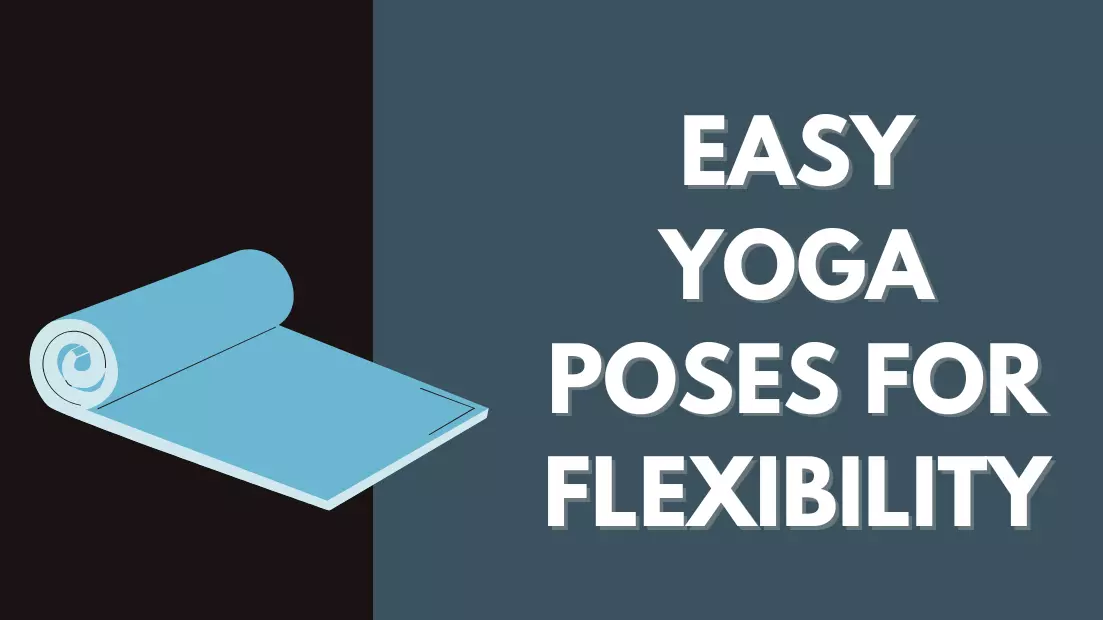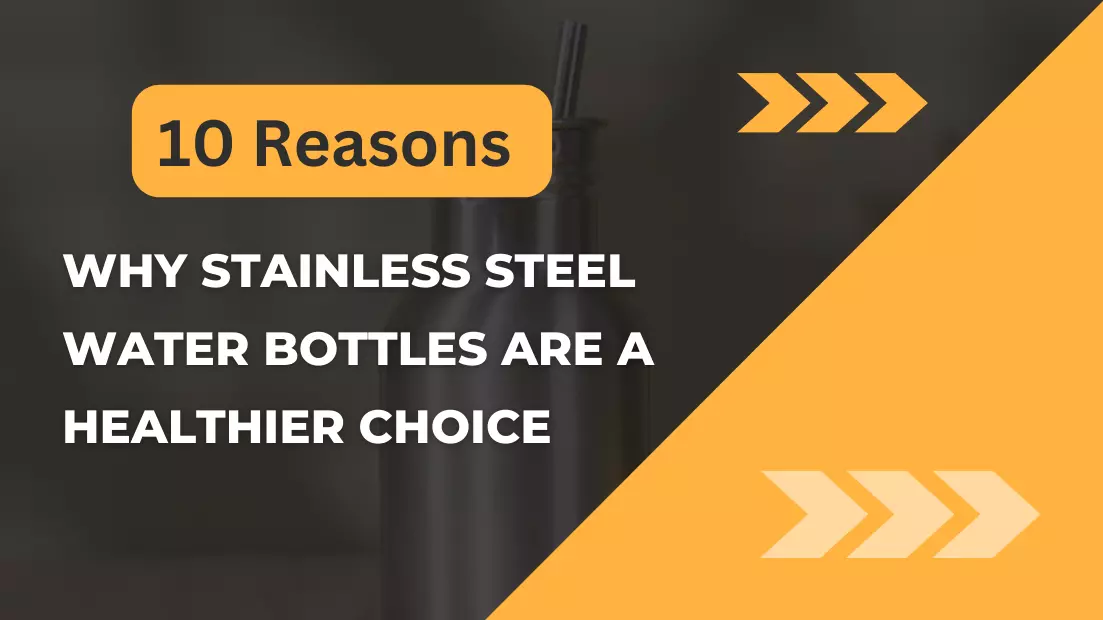
Yoga is a wonderful practice that not only calms the mind but also helps improve flexibility. Whether you’re a beginner or a seasoned yogi, incorporating yoga poses into your routine can significantly enhance your flexibility. Let’s explore some easy poses that can make a big difference.
1. Child’s Pose: The Foundation of Flexibility
Child’s Pose is the cornerstone of many yoga practices, offering a gentle stretch for the back, hips, and thighs. Start by kneeling on the mat, sit back on your heels, and extend your arms forward. This relaxing pose helps open up your hips and lengthens your spine, making it an ideal starting point for your flexibility journey.
2. Downward Dog: A Classic Pose for Total Body Stretch
Transitioning from Child’s Pose, move into Downward Dog to engage your entire body. With your hands shoulder-width apart and feet hip-width apart, lift your hips towards the ceiling. This pose not only stretches your hamstrings and calves but also elongates your spine, promoting flexibility in both the upper and lower body.
3. Cobra Pose: Backbend Bliss
The Cobra Pose is fantastic for targeting your back muscles and increasing spinal flexibility. Lie on your stomach, place your hands under your shoulders, and lift your chest while keeping your hips grounded. This pose strengthens your back and opens up your chest, providing a rejuvenating stretch that enhances overall flexibility.
4. Forward Fold: Unwind and Stretch
Forward Fold is a straightforward yet effective pose for hamstring flexibility. Stand with your feet hip-width apart, hinge at your hips, and reach towards the ground. This gentle stretch not only improves flexibility in your hamstrings but also calms the nervous system, promoting relaxation and reducing stress.
5. Warrior I: Empower Your Flexibility
Warrior I is a powerful pose that not only builds strength but also enhances flexibility in the hips and thighs. Step one foot forward, bend the knee, and extend the other leg back, keeping the back foot at a 45-degree angle. As you reach your arms overhead, you’ll feel a deep stretch in your hips, fostering flexibility in the lower body.
6. Seated Forward Bend: Flexibility for All Levels
For a seated stretch that targets the spine and hamstrings, try the Seated Forward Bend. Sit with your legs extended in front, hinge at the hips, and reach for your toes. This versatile pose can be adapted for all levels, making it an excellent choice for beginners and advanced practitioners alike.
7. Triangle Pose: A Three-Pronged Approach to Flexibility
Triangle Pose engages the entire body, providing a comprehensive stretch for the hips, hamstrings, and torso. Stand with your feet wide apart, extend one arm down towards the shin, and reach the other arm towards the ceiling. This dynamic pose not only improves flexibility but also enhances balance and stability.
8. Puppy Pose: A Gentle Stretch for the Spine
Puppy Pose is a delightful variation that combines the benefits of Child’s Pose and Downward Dog. Start in a tabletop position, walk your hands forward, and lower your chest towards the mat while keeping your hips elevated. This pose elongates the spine and stretches the shoulders, promoting flexibility in the upper back.
9. Garland Pose: Deep Squat for Lower Body Flexibility
Garland Pose, also known as Malasana, is a deep squat that targets the hips, groin, and ankles. With your feet wider than hip-width apart, lower into a squatting position, bringing your palms together at your heart. This grounding pose improves flexibility in the lower body and fosters a sense of balance and stability.
10. Cat-Cow Stretch: Flowing Flexibility
The Cat-Cow Stretch is a dynamic sequence that flexes and extends the spine, promoting flexibility and mobility. Start in a tabletop position, inhale as you arch your back into Cow Pose, and exhale as you round your spine into Cat Pose. This rhythmic flow enhances flexibility in the entire spine and warms up the body for deeper stretches.
| No. | Pose | Benefits |
|---|---|---|
| 1 | Child’s Pose | Gentle stretch for back, hips, and thighs |
| 2 | Downward Dog | Total body stretch with a focus on the hamstrings and spine |
| 3 | Cobra Pose | Backbend to enhance back muscle flexibility |
| 4 | Forward Fold | Hamstring stretch with calming effects |
| 5 | Warrior I | Strengthens while promoting flexibility in the hips |
| 6 | Seated Forward Bend | Spine and hamstring stretch in a seated position |
| 7 | Triangle Pose | Comprehensive stretch for hips, hamstrings, and torso |
| 8 | Puppy Pose | Gentle stretch for the spine and shoulders |
| 9 | Garland Pose | Deep squat targeting hips, groin, and ankles |
| 10 | Cat-Cow Stretch | Dynamic sequence enhancing flexibility in the spine |
Consistency is Key to Flexibility
Incorporating these easy yoga poses into your routine can do wonders for your flexibility. Remember, consistency is key. Aim to practice these poses regularly, gradually increasing the duration and intensity. As you progress, you’ll not only experience increased flexibility but also enjoy the calming and centering benefits that yoga brings to both the body and mind. Start your journey today, and discover the joy of a more flexible and resilient you!
- Yoga Mat – The foundation for a comfortable and effective yoga practice.
- Yoga Block – A versatile prop aiding in various yoga poses for better alignment and flexibility.
- Yoga Strap – Enhance your stretches and poses by improving reach and flexibility.
- Yoga Towel – Stay slip-free and comfortable during your yoga practice with a quality yoga towel.
- Yoga Bolster – Supportive cushioning for restorative poses, promoting relaxation and flexibility.
- Yoga Wheel – Aid in deepening stretches and improving flexibility with a yoga wheel.
FAQs
1. What are easy yoga poses for flexibility?
Easy yoga poses for flexibility are beginner-friendly postures that focus on stretching and improving the range of motion in various parts of the body. Examples include the Child’s Pose, Downward-Facing Dog, and Cobra Pose.
2. Can beginners practice these poses?
Absolutely! These poses are specifically chosen for beginners. They are gentle, easy to perform, and help gradually enhance flexibility without straining the body.
3. How often should I practice these poses to see results?
Consistency is key. Aim for at least 3-4 sessions per week, and gradually increase the duration as your body becomes more accustomed. However, it’s important to listen to your body and avoid overexertion.
4. Do I need any special equipment or props?
Generally, no. Most easy yoga poses for flexibility can be done with just a yoga mat. However, some individuals may find props like blocks or straps helpful for added support and assistance in certain poses.
5. Can these poses help with back pain?
Yes, many of the poses focus on the back and spine, which can be beneficial for relieving tension and improving flexibility in the back muscles. However, if you have chronic back pain or any pre-existing conditions, it’s advisable to consult with a healthcare professional before starting a new exercise routine.
6. How long should I hold each pose?
Beginners can start with 15-30 seconds per pose and gradually increase the duration as their flexibility improves. Listen to your body and avoid pushing yourself too hard, especially if you are just starting.
7. Are there specific breathing techniques to follow during these poses?
Yes, deep and mindful breathing is an integral part of yoga. Inhale and exhale deeply through the nose, coordinating your breath with each movement. This helps to enhance relaxation and focus during the poses.
8. Can I combine these poses with other forms of exercise?
Absolutely. Easy yoga poses for flexibility can complement other forms of exercise like cardio or strength training. Integrating yoga into your routine can enhance overall flexibility, balance, and mental well-being.
9. How long does it take to see noticeable improvements in flexibility?
Results vary from person to person. Some individuals may notice improvements in a few weeks, while others may take longer. Consistency, proper form, and patience are key factors in achieving long-term flexibility.
10. Are there modifications for people with injuries or limitations?
Yes, modifications can be made to accommodate individuals with injuries or limitations. It’s crucial to consult with a qualified yoga instructor or healthcare professional who can provide personalized guidance based on your specific needs and conditions.



